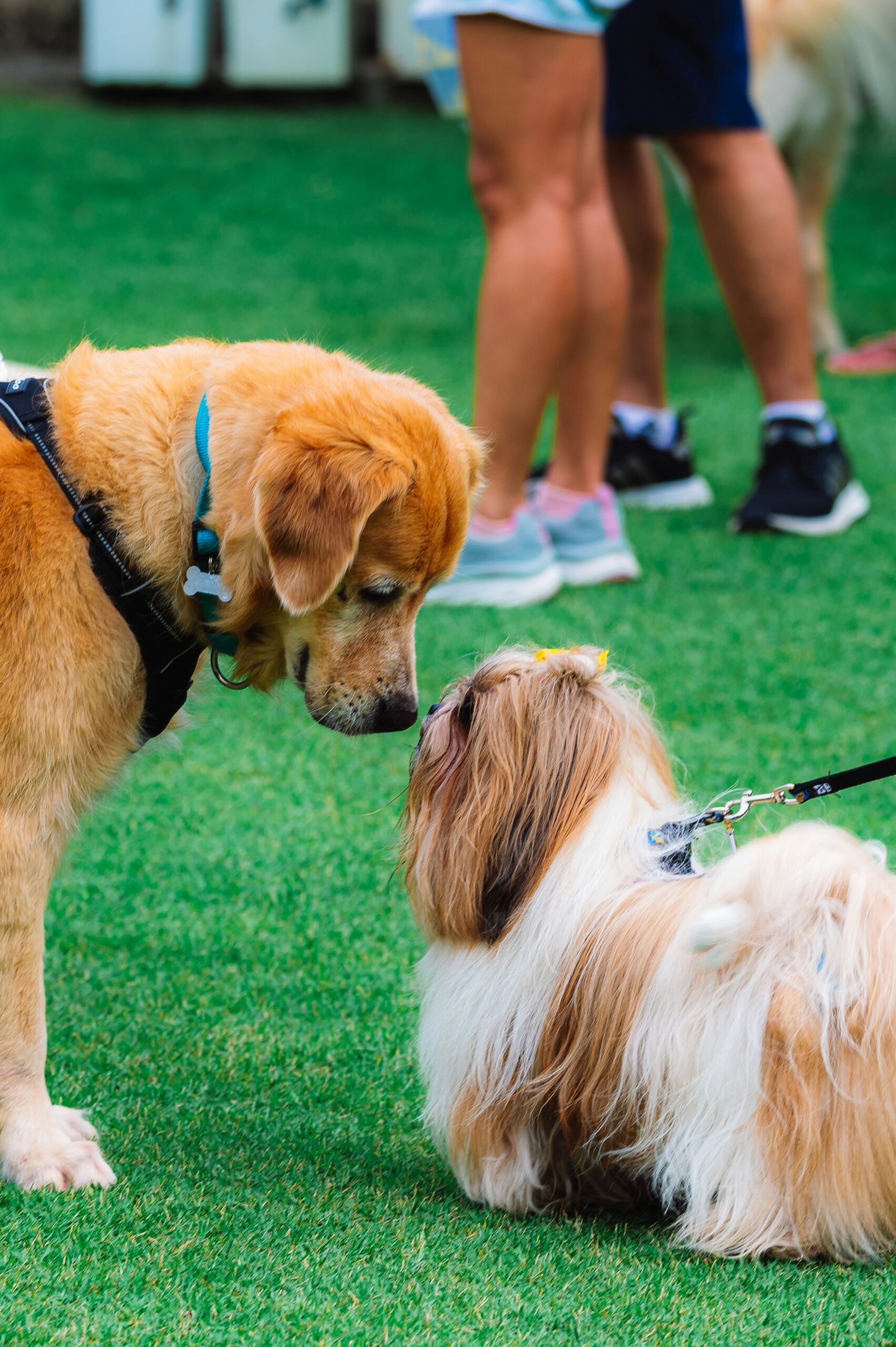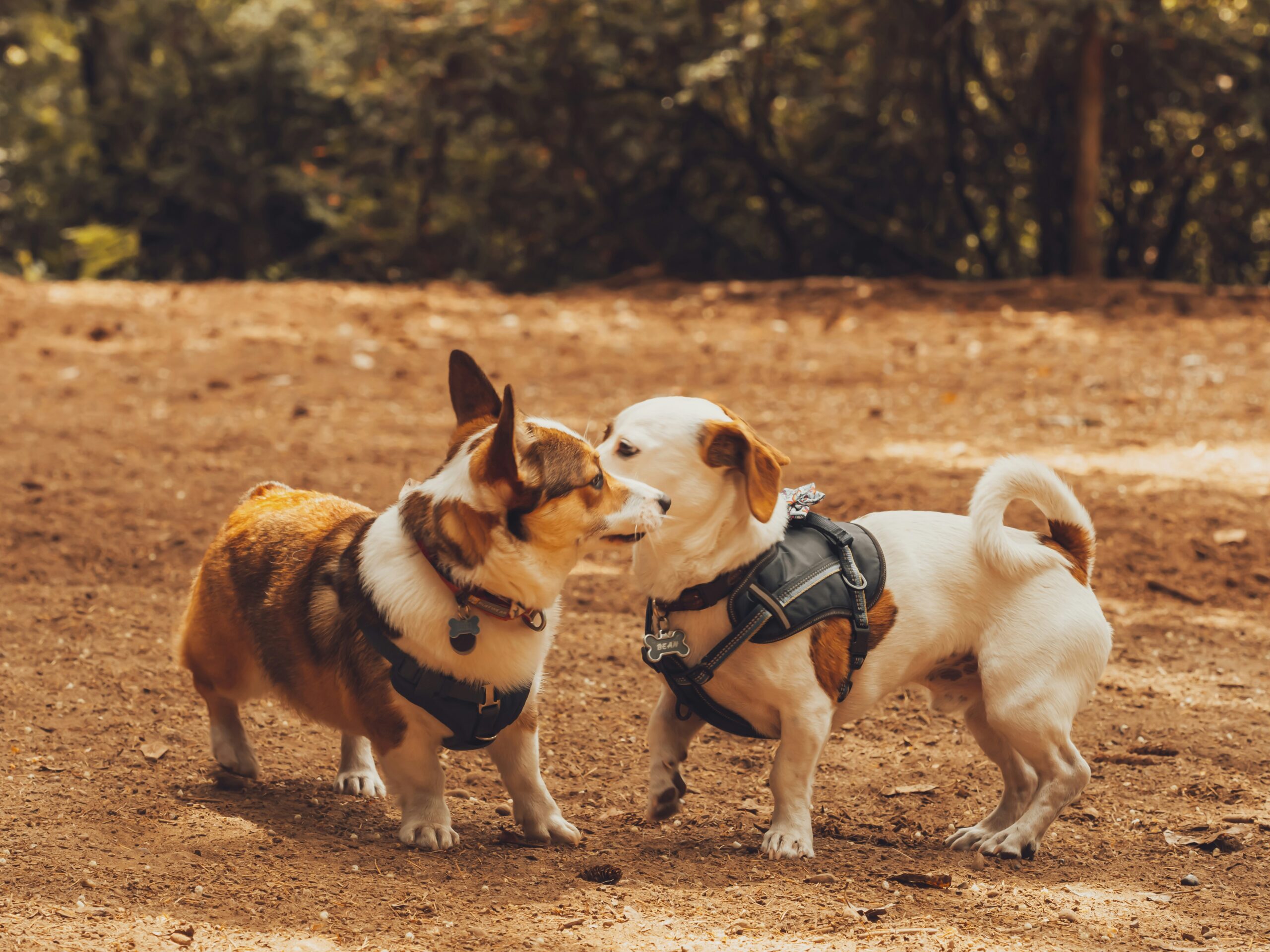Keeping Your Pup Safe: A Comprehensive Guide to Dog Park Etiquette and Safety
This article provides an overview of best practices and guidelines for ensuring dog safety in dog parks, including tips on dog park safety, guidelines for dog owners, dog park etiquette, ensuring health and well-being, and enhancing safety measures.
Introduction to Dog Park Safety
Dog parks have become increasingly popular as designated spaces for dogs to socialize, exercise, and have fun off-leash. However, ensuring safety in these environments is paramount to prevent incidents such as dog fights, infectious diseases, and heat-related illnesses [2]. Dog owners play a crucial role in maintaining safety standards in these communal areas by being vigilant and following best practices.
One potential risk in dog parks is the occurrence of dog fights, which can result from various factors such as resource guarding or incompatible play styles. Infectious diseases can also spread among dogs who are not properly vaccinated, highlighting the importance of vaccination protocols. Additionally, heat-related illnesses can pose a threat, especially in hot weather conditions, emphasizing the need for awareness and preparedness.
Understanding Dog Park Safety
The design and planning of dog parks play a significant role in promoting the well-being and safety of dogs during their park visits. Different types of dog parks cater to various needs, such as providing separate areas for small dogs or implementing fencing for added security [3]. Experts stress the importance of vaccination, monitoring dog behavior, and recall training to ensure a positive and safe experience for all dogs in the park [3].
For example, having designated spaces for small dogs can prevent potential conflicts with larger breeds, while well-maintained fencing can help contain dogs and prevent them from wandering off. Vaccination against common diseases is essential to protect dogs from health risks present in communal areas. Monitoring dog behavior can help prevent aggressive interactions and ensure a harmonious environment for all park visitors.
Best Practices for Dog Owners
To enhance safety in dog parks, dog owners should familiarize themselves with and adhere to park rules and regulations. These rules may include age-appropriate restrictions for dogs, vaccination requirements, and guidelines for responsible pet ownership. Bringing essential items like water, treats, and poop bags is crucial to ensure the well-being of dogs and maintain cleanliness within the park.
Moreover, enrolling in pet insurance is recommended to prepare for unexpected incidents that may occur in the park, such as injuries or accidents. By following rules, being prepared with essentials, and being aware of potential risks, dog owners can contribute to a safe and enjoyable environment for all dogs in the park.
Guidelines for Dog Park Etiquette
Dog park etiquette is essential for fostering a positive and safe environment for dogs and their owners. It is crucial to avoid bringing treats or food into the park to prevent resource guarding behavior among dogs. Additionally, monitoring dogs for signs of heat exhaustion and providing them with access to water are vital for their well-being in hot weather conditions.
Being attentive to a dog’s emotional state and separating them if they display signs of anxiety can help prevent conflicts and ensure a stress-free experience for all park visitors. By understanding and following guidelines for dog park etiquette, dog owners can contribute to a harmonious and safe environment for dogs to socialize and play.
Ensuring Health and Well-being
Maintaining the health and well-being of dogs in a park setting is crucial for their overall safety and enjoyment. Recognizing stress signs in dogs, such as excessive panting or seeking shade, can help prevent heat-related illnesses and ensure that dogs stay comfortable during their park visit. Additionally, ensuring that dogs are up to date on prevention medications can protect them against parasites and other health risks commonly found in shared outdoor spaces.
Enhancing Safety Measures
In addition to following guidelines and best practices, enhancing safety measures can further promote a secure environment for dogs in the park. Finding a dog park that screens dogs and assigns colored collars based on behavior can provide an added layer of safety and help prevent conflicts. Encouraging responsible behavior such as cleaning up after pets, discouraging unwanted behaviors like humping, and leashing dogs appropriately can contribute to a positive and safe experience for all park visitors.





 Book Appointment
Book Appointment